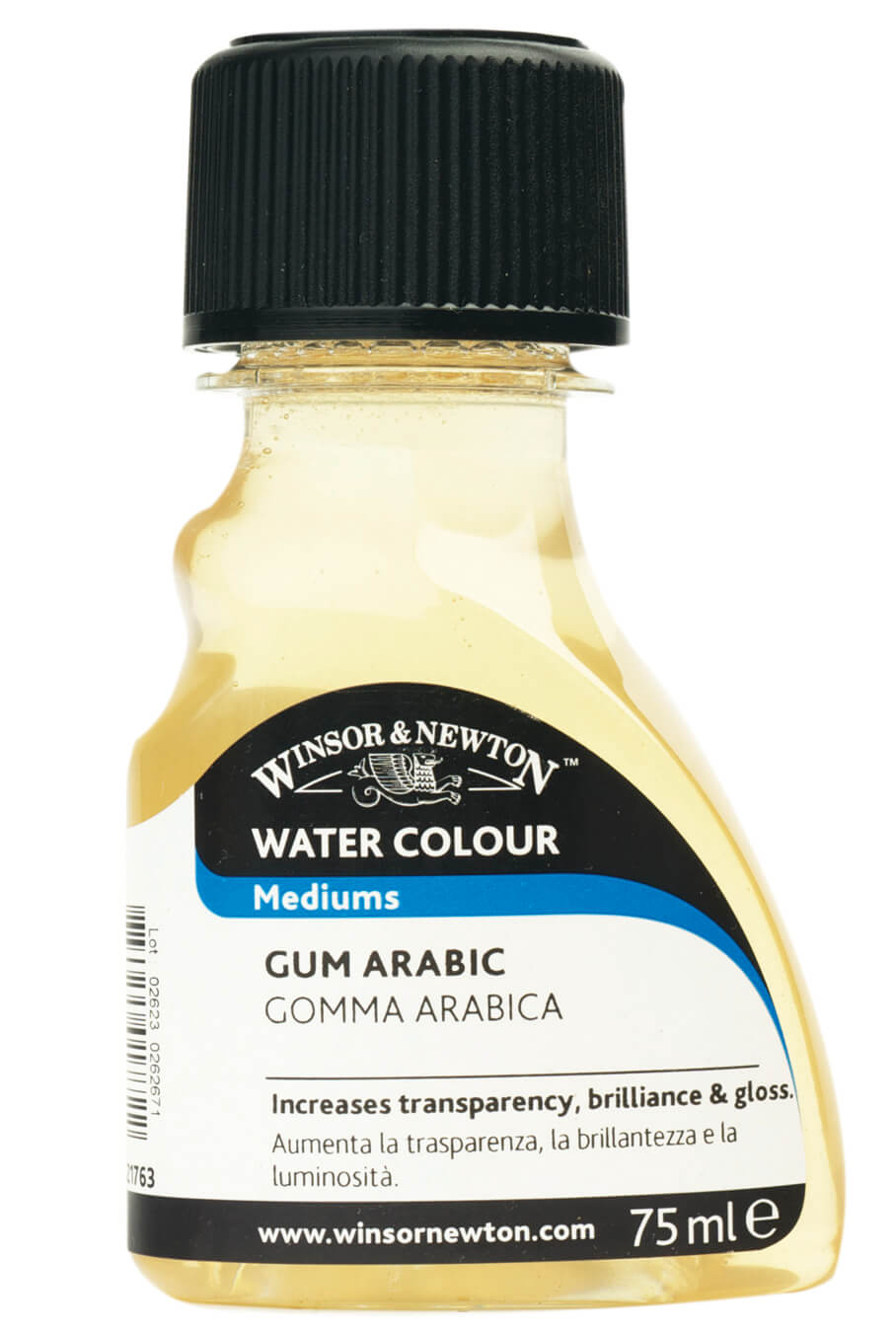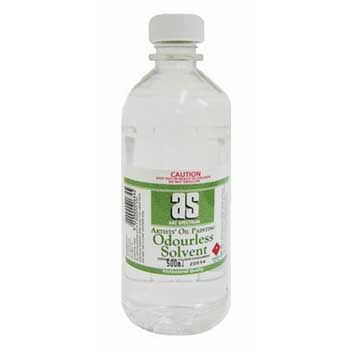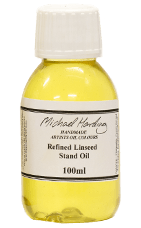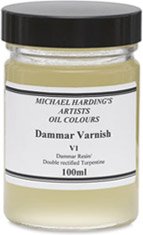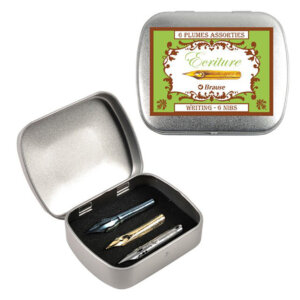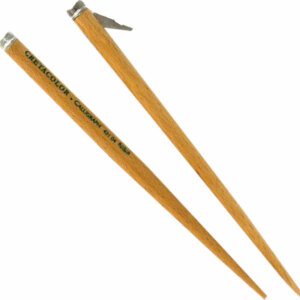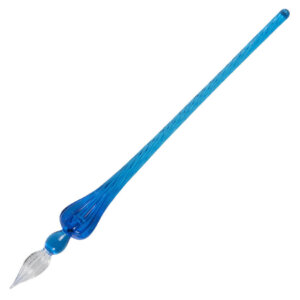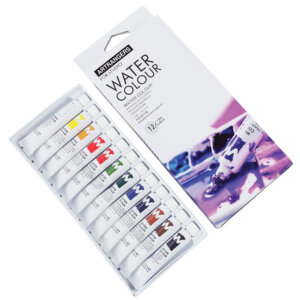Description
Winsor & Newton Gum Arabic is usually mixed into a watercolour wash, but it can be added to the jar of water if you prefer to use it throughout the painting process. Gum Arabic should not be used directly from the bottle because thick films will be brittle. Please note, a mixture 50:50 of water and Gum Arabic maximum should be used, otherwise the paint will start to crack. If in doubt, please ask our helpful staff at The PaintBox. Gum Arabic is a natural resin from acacia plants. Adding Gum Arabic to your watercolour has two effects: it slows down the drying time of the paint, giving you a slightly longer time to work on creating your image. Gum Arabic can also be used working wet into wet, increasing the gloss. Gum Arabic washes will have greater depth and appear more luminous than colour washes alone. Mediums are additives, which alter or enhance the characteristics of colour. They are used to change the rate of drying, increase gloss, improve flow, provide texture, etc. Artists’ colours are basic ingredients for painters. However, Winsor & Newton’s range of oils, mediums, varnishes, solvents and primers are additional ingredients, which enable endless artistic combinations to be made. Every artist has the opportunity to create something different due to the breadth and scale of the materials available from Winsor & Newton.
How to create additional Special Effects?
· Salt for Added Texture: If salt is sprinkled onto a watercolour wash, it will absorb the wet colour. Once dry, it is brushed away, leaving a pitted texture. Try fine and coarse salt for different effects.
· Splatters and Splashes : Extra tone, texture and solidity is provided by splattering colours over an underpainting. Make a stencil to protect the areas you want left unsplattered. Mix a darker wash and use a hog brush to flick the colour on in different concentrations.
· Sandpaper Effect: Sanding a finished wash can be a useful rescue technique. If you finish a painting and find it lacking highlights, sanding is an option. Using coarse sandpaper, lightly remove some of the paper, leaving a mottled wash with highlights. Washes will not go on evenly over sanded paper.
· Cling film (protective food film) : Intricate washes of various tones are quickly made by the use of cling film. Apply a wash to your chosen area, crumple up some cling film and press it onto the wash, making sure not to smudge or move the wet colour. Leave this to dry whilst you have a break. When you peel the film away the texture is ready made

